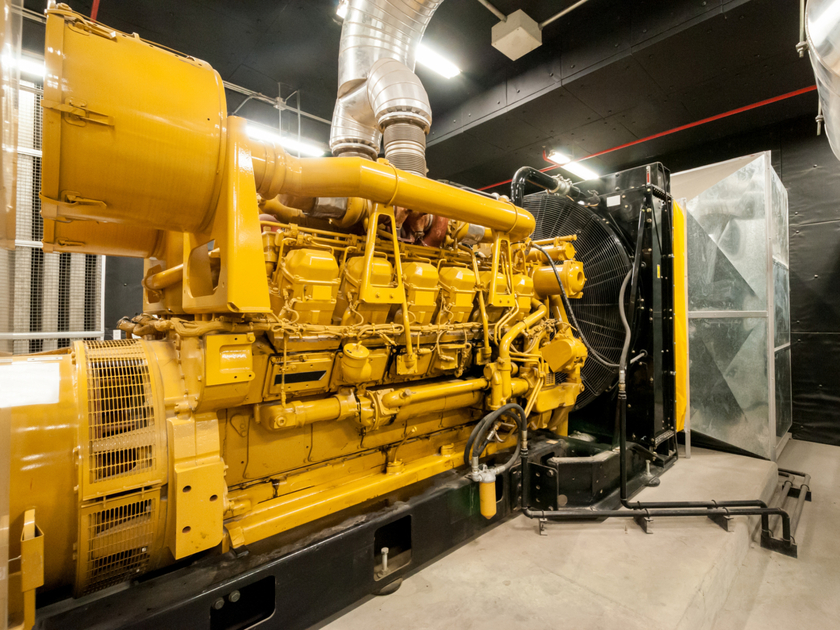Distributed generation (DG) offers a number of potential benefits for commercial and industrial facilities. At its most basic level, DG involves locating smaller power generation sources close to the loads using them. Based on a variety of natural gas technologies, DG can help facilities reduce energy costs, lower emissions and increase reliability.
Applications
Traditionally, generators provide standby power during system outages, which is essential for mission-critical facilities requiring uninterrupted power, such as healthcare or telecommunications.
A growing number of facilities are using DG to reduce peak demand charges. For facilities with time-of-use rates, generating power locally during high-cost peak demand periods can substantially reduce energy bills. For remote facilities, installing DG equipment may be more economical than connecting to the grid.
Also, DG technologies create a significant amount of heat, which can be recovered and used for water, space or process heating.
Distributed generation technologies
Various equipment options are available for DG installations, including gas turbines, steam turbines, reciprocating engines, microturbines and fuel cells.
Turbines burn natural gas to produce high-temperature, high-pressure exhaust or steam that rotates turbine blades to produce electricity. Gas turbines are compact, easy to operate and start up quickly. They're widely used to meet onsite energy needs. The waste heat from the combustion process can be recovered for combined heat and power (CHP) applications. System capacity ranges from 100 kW to over 300 megawatts (MW).
Reciprocating engines require fuel, air, compression and a combustion source to operate. Commercially available units for power generation typically range in size from 100 kW to 2 MW. Because of their low capital cost, small size and reliability, reciprocating engines are used in a wide variety of applications. These engines have excellent heat recovery potential, and their speed can be adjusted according to load to save energy.
Microturbines can be as small as a refrigerator, with power outputs ranging from 30 kW to 400 kW. They offer several advantages compared with other DG technologies, including compact size, few moving parts, greater efficiency and lower emissions. When waste heat is recovered, efficiency levels reach 80% or more.
Fuel cells create electricity through an electrochemical process that combines hydrogen and oxygen. They are compact in size and cleaner and quieter than microturbines. However, the high installed cost (up to $5,000 per kW) is a substantial barrier to wider usage. Capacity typically ranges from 10 kW to 400 kW.
Emphasize the positives
The high upfront cost of a DG system installation can make financial decision makers wary about pulling the trigger. To make the case, start by talking dollars, highlighting the energy cost savings in reduced demand charges, which will pay for the system over time. Also, focus on the business benefits that reliable backup power provides in operational continuity and data protection. Finally, emphasize how DG technologies can reduce harmful emissions, improving your organization's sustainability image.
Focusing on these factors may help you persuade even the most budget-conscious senior executive to invest in distributed generation.

